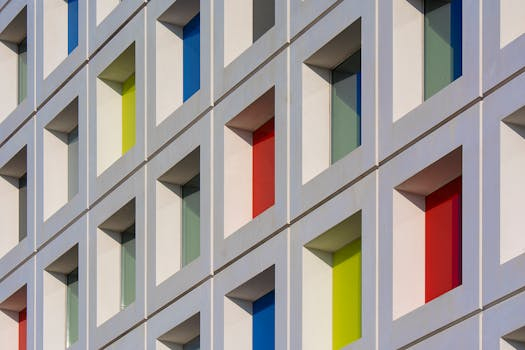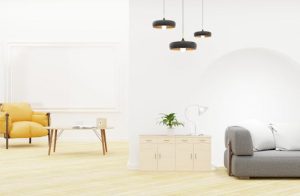The Psychology of Color in Real Estate: What Sells and Why
The art of selling real estate is not just about location, price, and amenities; it’s also about the psychology of color. As humans, we have a natural reaction to different colors, and this can greatly influence our decision-making process. When it comes to buying or selling a property, color plays a vital role in creating a first impression and creating a lasting impact on potential buyers. In this article, we’ll explore the psychology of color in real estate and understand what colors sell, and more importantly, why.
The Power of Color Perception
Color has the power to evoke emotions, create moods, and influence our behaviors. This phenomenon, known as color psychology, has been studied and used by marketers and advertisers for years. The right color can make a significant impact on potential buyers and ultimately affect the sale of a property.
When it comes to real estate, the first impression is crucial. A well-chosen color scheme can make a property feel more inviting, spacious, and desirable. On the other hand, the wrong color choice can make a space feel cramped, dull, and uninviting. Let’s take a closer look at which colors are best suited for real estate and why.
The Power of Neutrals
Neutral colors, such as white, beige, and light gray, are a go-to choice for many real estate professionals. These colors are timeless and create a sense of calm and neutrality. They also give potential buyers a blank canvas to envision their own style and personalize the space.
White is a popular choice for interiors as it makes a space feel clean, bright, and more expansive. It’s also associated with cleanliness, which is a crucial factor for many buyers. Beige, a mixture of warm yellows and soft whites, is another neutral that is pleasing to the eye and can create a cozy atmosphere. Light gray, with its cool and calming tones, is also a neutral color that can make a space feel modern and sophisticated.
The Impact of Bold Colors
While neutrals are a safe choice, incorporating some bold colors can make a property stand out from the competition. Bold colors, such as red, orange, and yellow, are known to evoke strong emotions and can make a space feel energetic and vibrant. However, it’s essential to use these colors sparingly, as they can be overwhelming in large doses.
Blue is another color that is popular in real estate. It’s associated with trust, stability, and calmness, making it a great choice for bedrooms and living rooms. Green, the color of nature, can create a sense of balance, harmony, and relaxation. It’s ideal for spaces such as a home office or reading nook.
The Dark Side of Colors
While the right use of color can enhance a property’s appeal, the wrong choice can turn potential buyers away. Dark colors, such as black, deep blue, and dark gray, should be used sparingly, as they can make a space feel oppressive and unwelcoming. They are best used as accent colors to add depth and contrast to a room.
Other colors, such as purple and pink, should also be used with caution. Purple, a color associated with luxury and royalty, can be a hit or miss for buyers. While some may find it regal and elegant, others may see it as too flashy or over the top. Pink, on the other hand, is a highly divisive color. While some may find it calming and feminine, others may see it as too girly or juvenile.
The Importance of Consistency
When choosing colors for a property, consistency is key. Using a cohesive color scheme throughout the house creates a sense of flow and harmony, making it easier for potential buyers to envision themselves living there. This consistency should also extend to the exterior, creating a coherent and inviting first impression.
In addition to consistency, it’s essential to keep in mind the target audience. Different colors can have varying effects on different demographics, cultures, and age groups. A property targeted towards families may benefit from a different color scheme than one targeted towards young professionals. Understanding the psychology of color and its impact on various demographics can help in making the right color choices.
In Conclusion
In the world of real estate, the saying “you never get a second chance to make a first impression” holds true. The use of color can make or break a property’s appeal, making it a crucial element to consider when buying or selling a property. By understanding the psychology of color and its effects on human behavior, you can make informed decisions and increase the chances of a successful sale. Keep in mind the importance of consistency and your target audience when selecting colors, and your property will surely stand out in a sea of competing listings.











